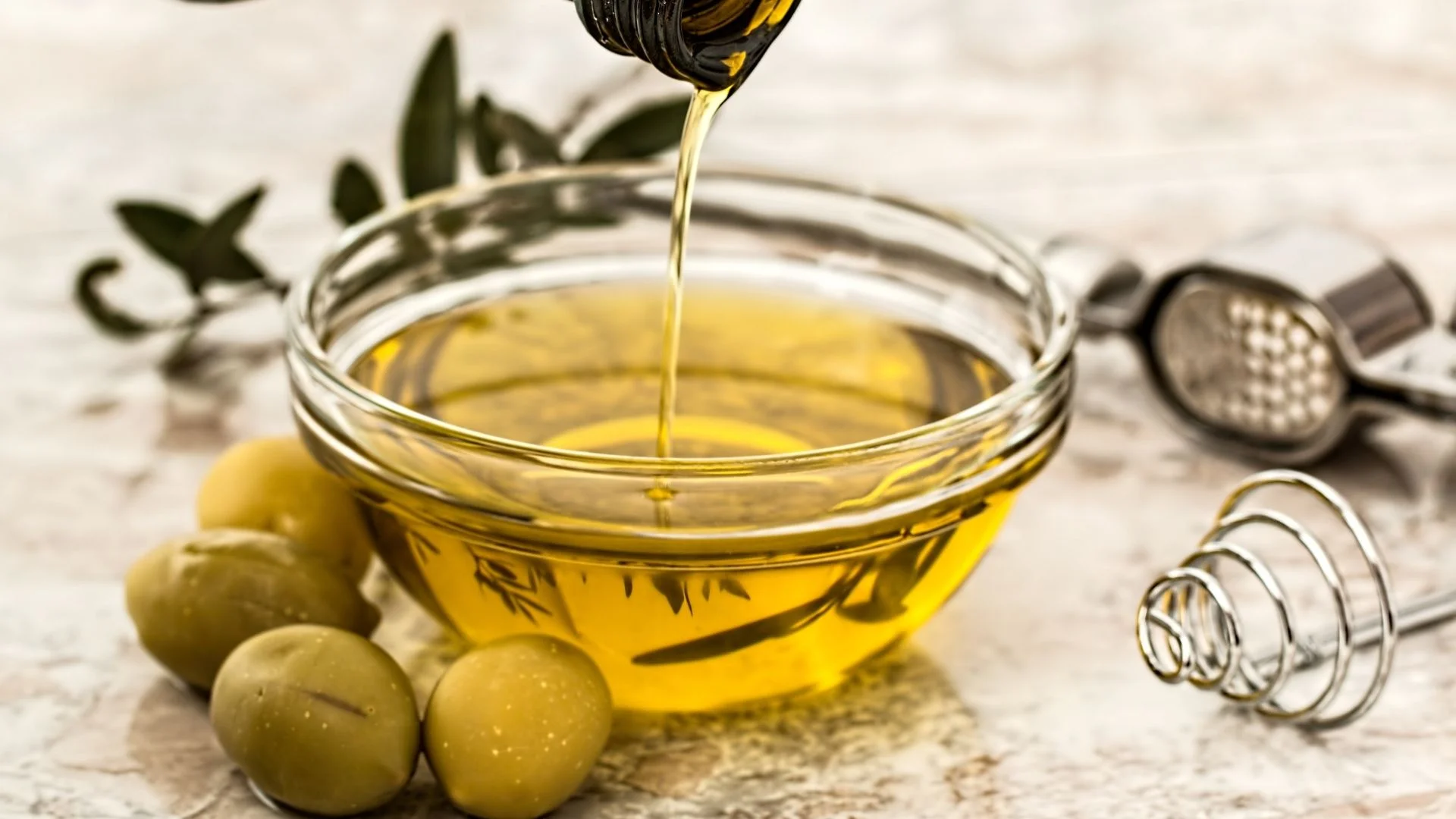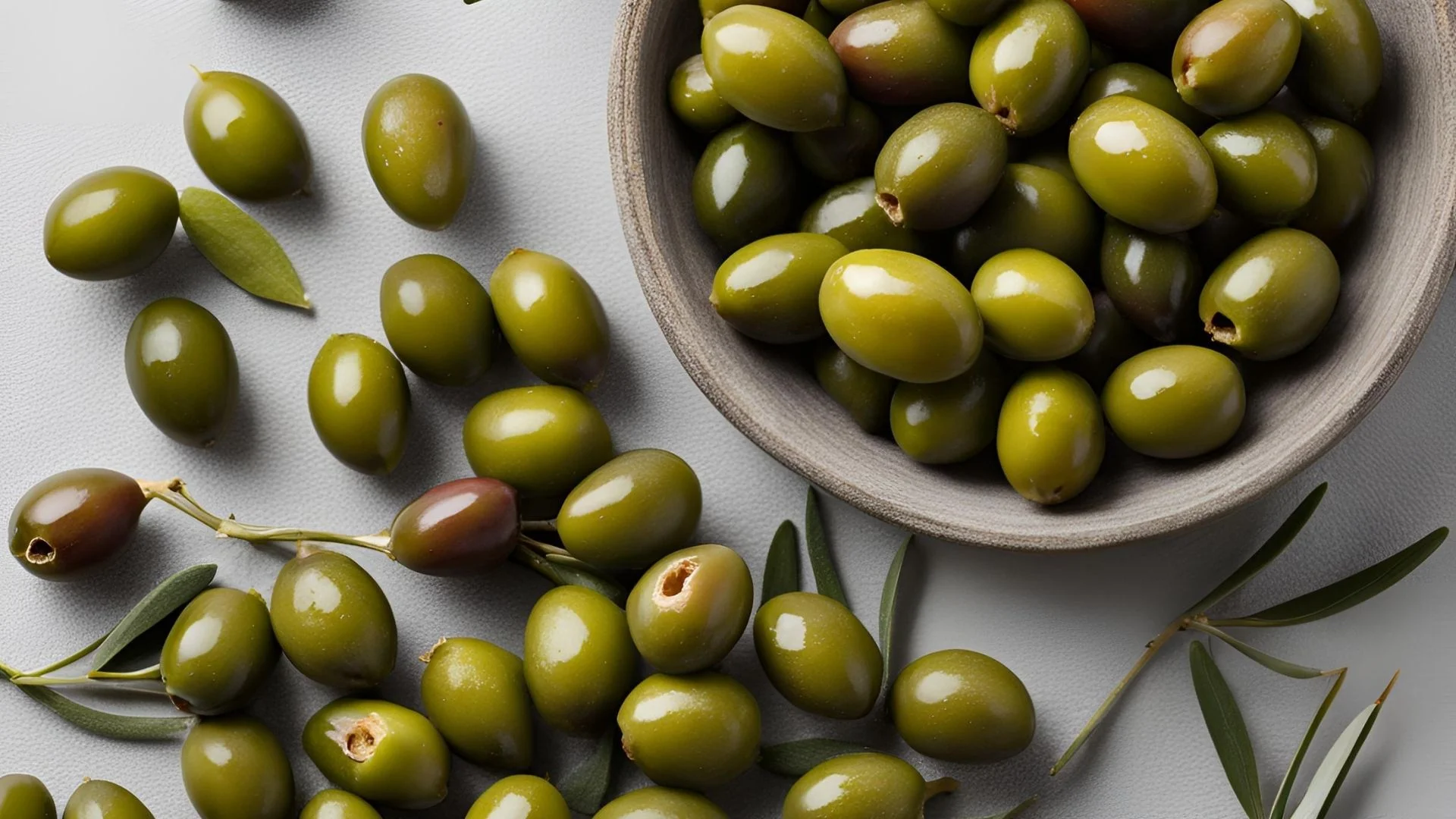Table of Contents
- How Many Olives Should You Eat Daily?
- Why Should You Track Your Olive Consumption?
- How Many Olives Should You Eat a Day?
- Can You Drink Olive Oil Instead of Eating Olives?
- Is Eating a Lot of Olives Good for You?
- How to Use the Olive Consumption Calculator?
- Enjoy Olives the Smart Way!
- References
Estimated reading time: 5 minutes. Last updated: January 23, 2025.
How Many Olives Should You Eat Daily?
Olives have been a staple in Mediterranean diets for centuries, known not just for their delightful taste but also for their numerous health benefits. Whether you’re snacking on them, adding them to salads, or using them for their rich oil, understanding the right amount to consume is essential.

Our Olive Consumption Calculator helps you track your olive intake and ensures you stay within a healthy range. But how many olives should you actually eat per day? Is there such a thing as too many olives? Let’s explore!
Why Should You Track Your Olive Consumption?
“Too much of anything is bad, but too much of a good thing can be wonderful.” – Mae West
When it comes to nutrition, balance is key. Olives are packed with healthy fats, antioxidants, and essential nutrients, but overconsumption can lead to excessive calorie and sodium intake. Here’s why monitoring your olive consumption matters:
- Supports Heart Health: Olives contain monounsaturated fats, which can help lower bad cholesterol.
- Aids Digestion: The fiber in olives supports gut health.
- Rich in Antioxidants: These compounds fight oxidative stress and inflammation.
- Weight Management: While olives are healthy, they are calorie-dense. Keeping track prevents overeating.
Using our Olive Consumption Calculator, you can calculate your ideal daily and weekly olive intake based on portion size and frequency.
How Many Olives Should You Eat a Day?
One of the most common questions is: "How many olives should I eat a day?"
The answer depends on several factors like your dietary needs, sodium intake, and overall calorie consumption. Generally, a healthy daily portion of olives is around 5-10 olives (or about 25-50 grams). This provides the benefits of olives without excessive sodium or calorie intake.
Our calculator helps you determine the right amount based on your household size and weekly consumption habits. Simply enter:
- How often you eat olives
- Portion size per serving
- Number of people in your household
With this, you’ll get an estimate of your olive intake per week, month, and year—helping you stay on track!
Can You Drink Olive Oil Instead of Eating Olives?
Some people wonder, "How much olive oil should you drink a day?"
Drinking extra virgin olive oil is a common Mediterranean practice, especially in Italy, Greece, and Spain. A spoonful of olive oil daily (about 1-2 tablespoons or 15-30ml) is believed to promote heart health, digestion, and longevity.
In fact, "Why do Italians take a spoonful of olive oil daily?" is another frequent question. Italians and other Mediterranean cultures consume olive oil to:
- Reduce inflammation
- Improve digestion
- Enhance skin and hair health
- Support cognitive function
If you prefer olives over olive oil, consuming a moderate amount daily can still provide similar benefits.
Is Eating a Lot of Olives Good for You?
Another important question: "Is eating a lot of olives good for you?"
While olives are nutritious, eating too many can lead to excessive sodium intake, which can impact blood pressure. If you have health concerns like hypertension or kidney issues, it’s best to moderate your intake.
Here’s a simple guide:
- Ideal Consumption: 5-10 olives per day
- Limit Consumption If: You have high blood pressure or are sensitive to salt
- Alternative: Choose low-sodium olives or balance your diet with fresh vegetables
If you’re unsure, our Olive Consumption Calculator helps you manage your intake efficiently!

How to Use the Olive Consumption Calculator?
Using our tool is simple:
- Enter your weekly olive consumption (how many times you eat olives per week)
- Input portion size (average serving size in grams)
- Specify the number of people consuming olives in your household
The calculator will instantly provide:
- Weekly, monthly, semi-annual, and annual olive consumption
- Per person olive intake
This makes it easier to plan your grocery shopping, balance your nutrition, and avoid waste.
Enjoy Olives the Smart Way!
“Let food be thy medicine and medicine be thy food.” – Hippocrates
Olives are a fantastic addition to any diet, offering flavor, nutrition, and health benefits. However, consuming them in the right amount is crucial for maintaining a balanced diet.
With our Olive Consumption Calculator, you can:
- Track your intake easily
- Avoid overconsumption of sodium
- Plan grocery shopping efficiently
- Ensure a balanced diet
Click here to try the Olive Consumption Calculator now —it’s fast, easy, and free!
Would you like to explore other tools? Check out our Milk Consumption Calculator for a balanced dairy intake! 🚀
- NIH : "Consumption of Olive Oil and Risk of Total and Cause-specific Mortality Among U.S. Adults"
- Harvard T.H. Chan School of Public Health: "Olive oil may reduce risk of death from dementia"